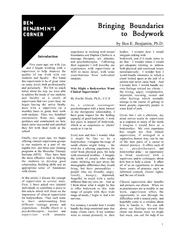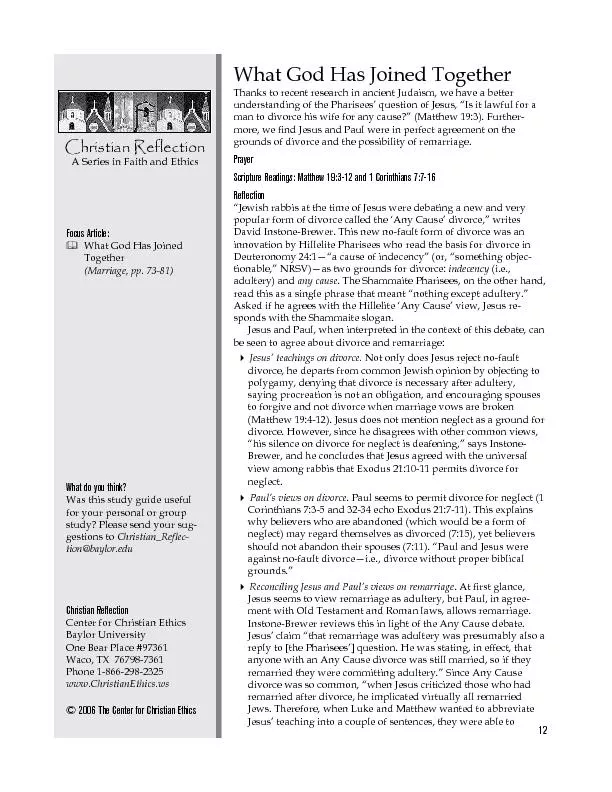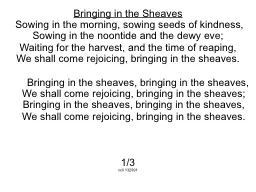PPT-Thanks to the organizers for bringing us together!
Author : debby-jeon | Published Date : 2016-03-13
Horizon entropy and higher curvature equations of state Ted Jacobson University of Maryland Plan of talk Horizon entropy amp Einstein Equation of State Higher curvature
Presentation Embed Code
Download Presentation
Download Presentation The PPT/PDF document "Thanks to the organizers for bringing us..." is the property of its rightful owner. Permission is granted to download and print the materials on this website for personal, non-commercial use only, and to display it on your personal computer provided you do not modify the materials and that you retain all copyright notices contained in the materials. By downloading content from our website, you accept the terms of this agreement.
Thanks to the organizers for bringing us together!: Transcript
Download Rules Of Document
"Thanks to the organizers for bringing us together!"The content belongs to its owner. You may download and print it for personal use, without modification, and keep all copyright notices. By downloading, you agree to these terms.
Related Documents














